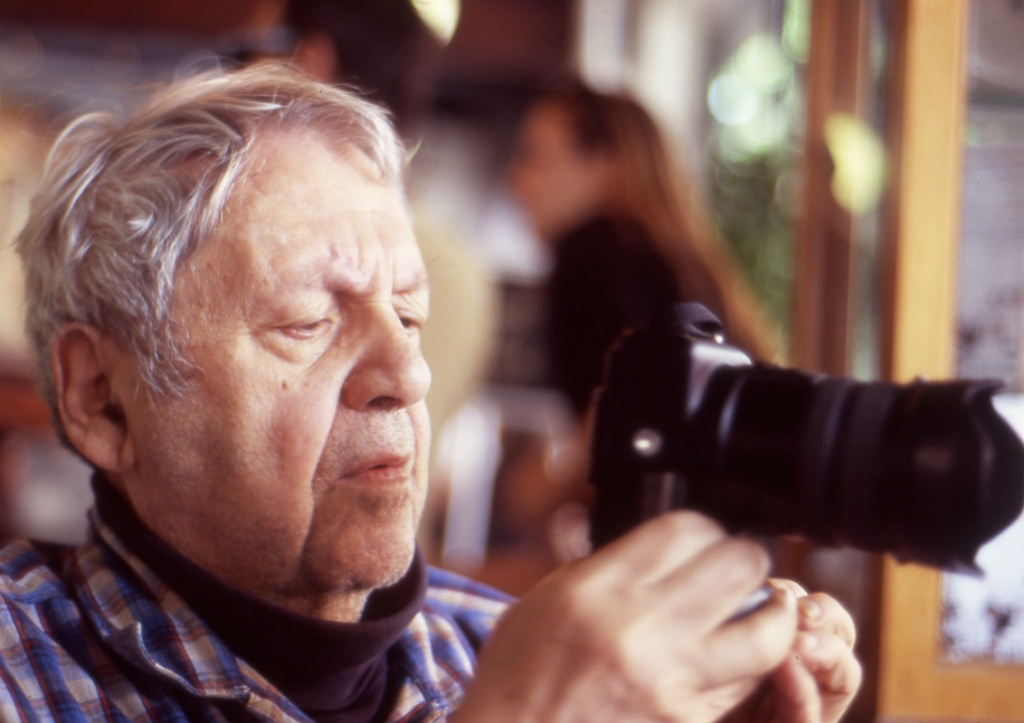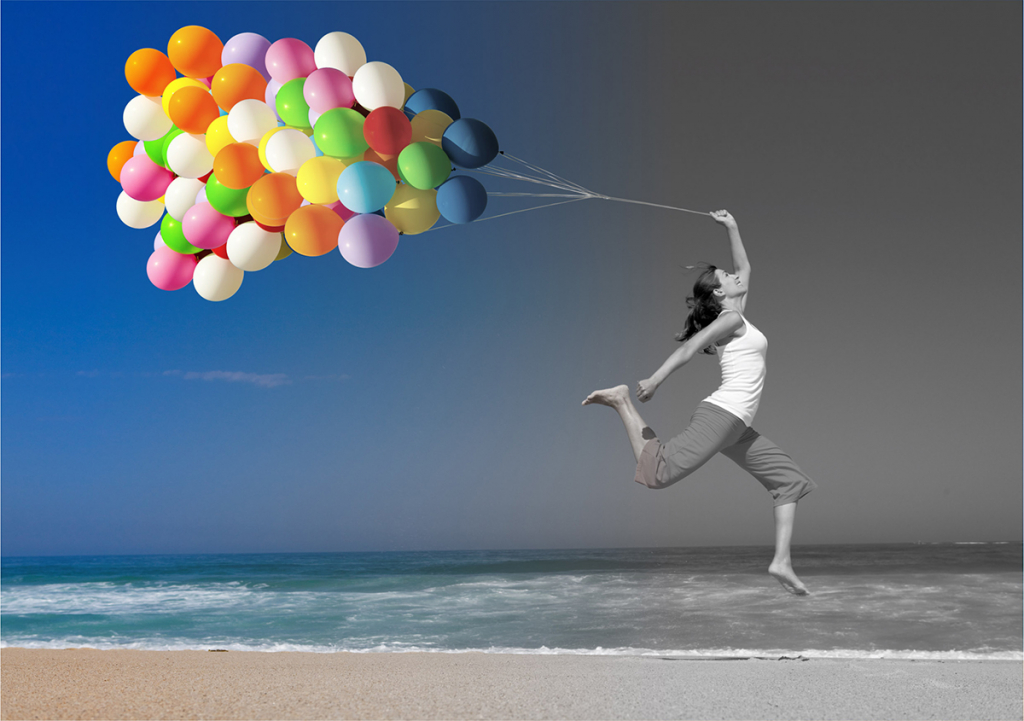7 TIPS ON THE USE OF GESTALT THEORY FOR A BETTER COMPOSITION
 Gestalt theory appeared around the 1920s and explains some of the ways in which people perceive their own world around them. The basic idea is that when faced with a visually chaotic picture, the human mind simplifies it to more recognizable patterns and forms. The gestalt theory gives an idea of the pattern recognition process that occurs when people look at photos. Once you understand the principles of this theory, you can use them to improve the composition of your photos.
Gestalt theory appeared around the 1920s and explains some of the ways in which people perceive their own world around them. The basic idea is that when faced with a visually chaotic picture, the human mind simplifies it to more recognizable patterns and forms. The gestalt theory gives an idea of the pattern recognition process that occurs when people look at photos. Once you understand the principles of this theory, you can use them to improve the composition of your photos.
Proximity
A pair or group of objects that are close to each other are more likely to be perceived as harmonious than if they are far from each other. In this portrait, the proximity of a girl and a horse suggests a close mental connection between them. If you need to show proximity, do not place objects so that their heads are at a distance from one another.
Some useful aspects of gestalt theory. Some useful aspects of gestalt theory.
Similarity
Objects that are similar in shape, size or color are considered harmonious. In landscape photography, three stones at an average distance from each other are related by proximity (the previous item) and their similarity in texture, color and shape.
Closing
Reason tends to supplement forms that do not exist. This is the principle used in some optical illusions, but it also applies to photography. Part of the skill of composing a composition is learning how to recognize shapes and constructing design images around them. The principle of closure helps to see the figures in the object.
For example, take a look at the landscape below. Blue bells form a solid color block in the bottom two-thirds of the photo with an expressive horizontal line along the top. The line is interrupted by trees passing through it, but we still feel that it is a continuous straight line. The mind automatically fills all the gaps.
Simplicity
The landscape photograph below contains several lines, all of which lead to a vanishing point on the horizon. Lines that are close to each other, like cables hanging from a telegraph pole, are simplified by the mind, and people end up with them as one line.
The same goes for the fence. This set of short vertical lines is simplified to one long diagonal line that follows the side of the road. A person perceives parallel lines, which are located close to each other, as one line.
Continuation
Reason assumes that the lines in the frame extend beyond the frame. In landscape photography above, this principle helps to create a sense of depth (along with the use of a wide-angle lens), since visual perception indicates that the road continues beyond the point of convergence.
Insulation
For human figures to be recognizable, they must stand out. Thus, we can easily identify them, even if they are small enough in a frame.



